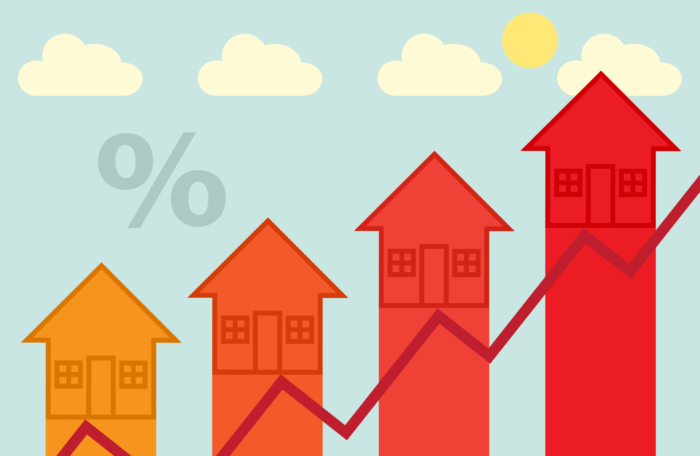New Hampshire starts 2021 with a severe housing shortage
It’s the heart of winter, and home sales in New Hampshire are hotter than a leprechaun on a Lucky Charms-fueled bender in Vegas.
December typically is a slow home sales month, for obvious reasons. But in December, 2020, sales were up 25% over December, 2019, and sales volume was up 49%, according to data tracked by the New Hampshire Association of Realtors.
A home spends an average of only 33 days on the market in New Hampshire, down 47.6% from the previous December. And the median sales price hit $349,900, up 16%.
In December of 2019, housing experts were concerned because the median home price rose to $299.999, just a dollar shy of $300,000. In a year, the median price rose by nearly $50.000.
And that price increase happened as new listings rose by 30%. People couldn’t put houses on the market quickly enough to meet demand. There was 2.4 months’ worth of supply in the housing market in December of 2019. A year later, that was down to 0.9 months.
Just five years ago, the median home price in New Hampshire was $249,800, fully $100,000 less than today’s median.
Although urban coronavirus refugees pushed demand even higher in 2020, it was far outstripping supply long before the pandemic hit.
A state report issued in December noted that even though 2019 was the sixth year in a row to experience a growth in the number of housing units permitted by local governments, “the level of building activity continues to be less than half of the level at its peak in the early 2000s.”
Housing totals illustrate how slow the pace of new construction has been.
Hillsborough County, home to the state’s two largest cities, had 166,050 total housing units (single-family, multi-family, and manufactured) in 2010. In 2019, it had 174,824, an increase of only 8,774, or about 5.3%.
Statewide, total housing units rose from 614,238 in 2010 to 646,889 in 2019, an increase of 32,651, or just 5.3%.
For contrast, the U.S. Census Bureau measured the change in housing units from April, 2010 to July, 2019 (so the time frame is different from the state’s by a few months). The Census figures show the total number of housing units nationwide rising by 6.1% from 2010-2019. The increase in New Hampshire was only 4.5%, by the Census’ count.
Rental housing is also in short supply, suffering from a severe shortage of new construction. The good news in 2020 was that the vacancy rate roughly doubled. The bad news is that it was below 1% last year and rose to only 1.8% this year.
A healthy rental vacancy rate is considered to be 5%. New Hampshire last had a vacancy rate above 5% in 2009 — during the recession. Rents rise every year, driven largely by the extreme shortage of units, especially in places that are experiencing stronger economic growth.
Legislators have introduced several bills to try to address the problem. But many of the bills focus on incentives and subsidies, as if developers need prodding from the Legislature to get rich selling homes people are clamoring to buy.
The best way to get more housing is to reduce local government restrictions on the construction of new housing. Until that is done, anything else is just window dressing. Really, really expensive window dressing.



